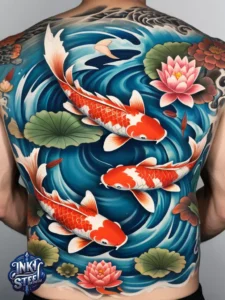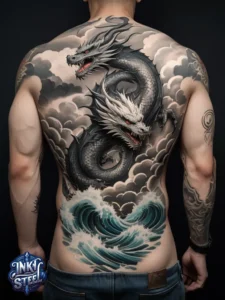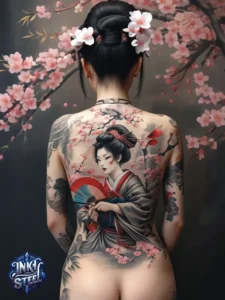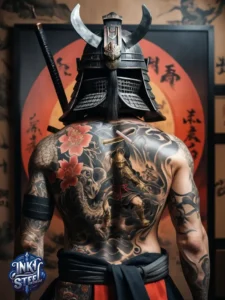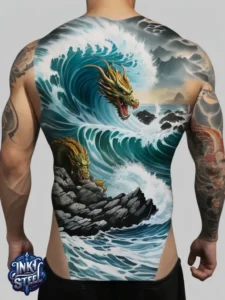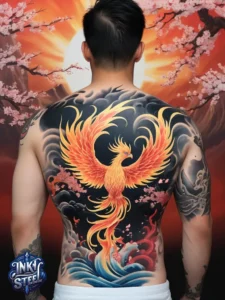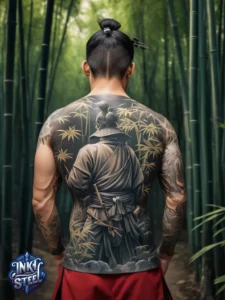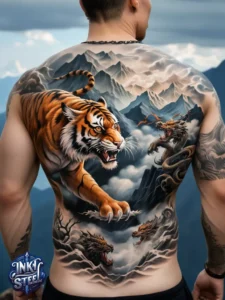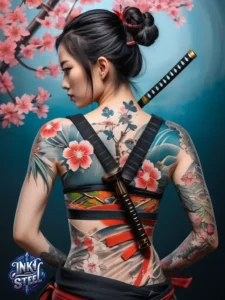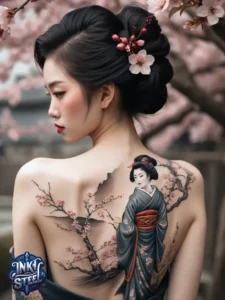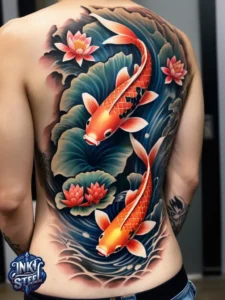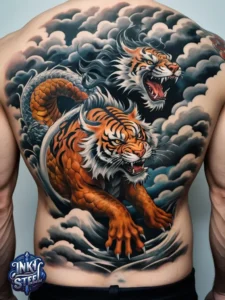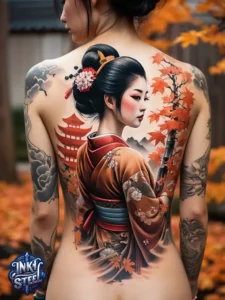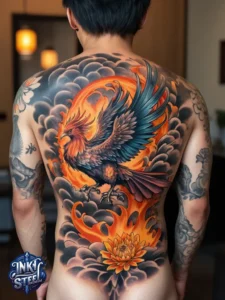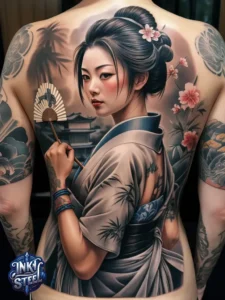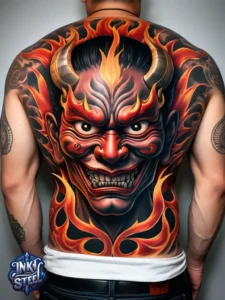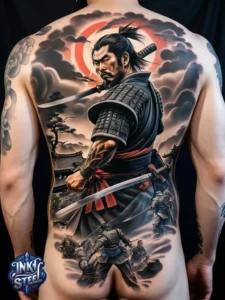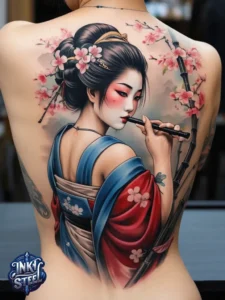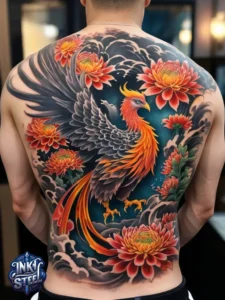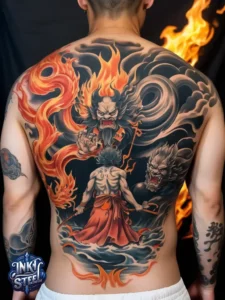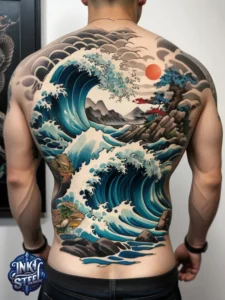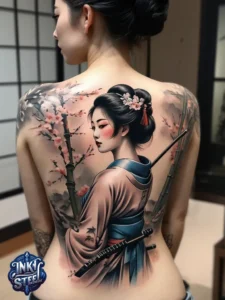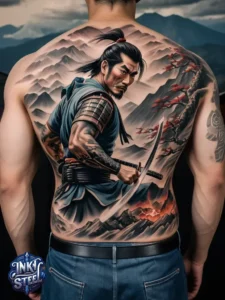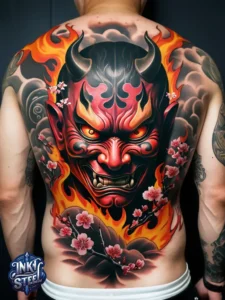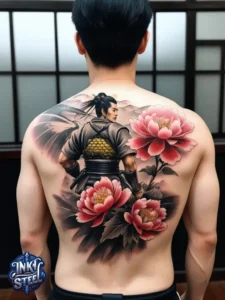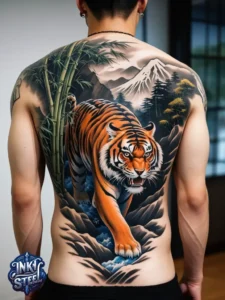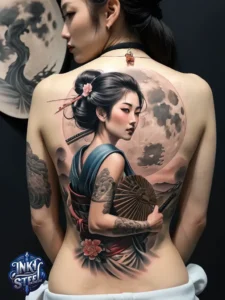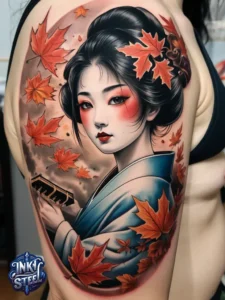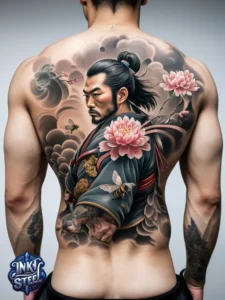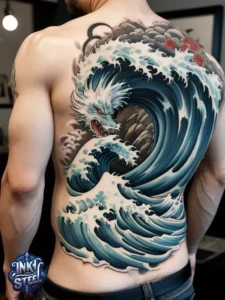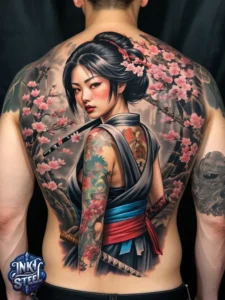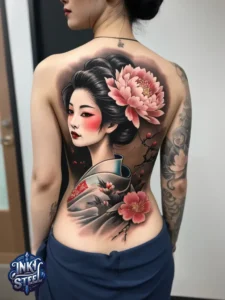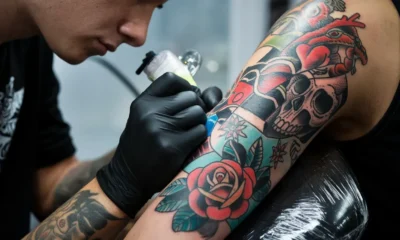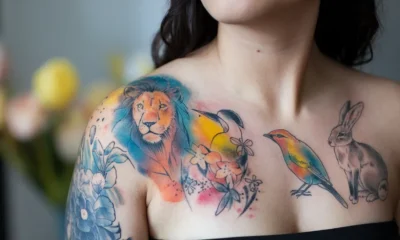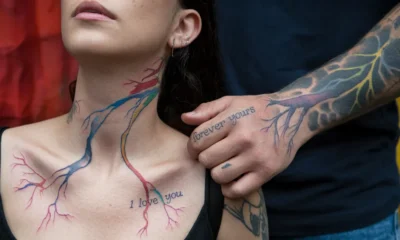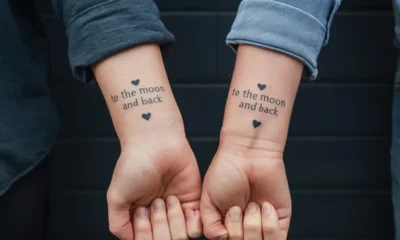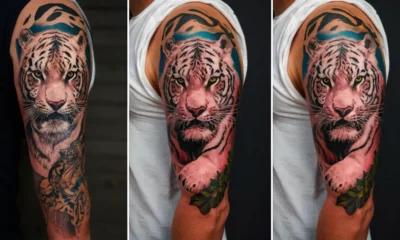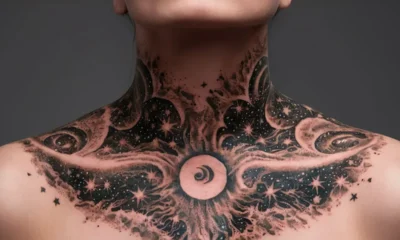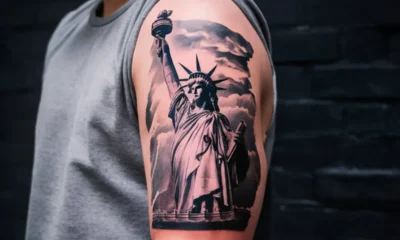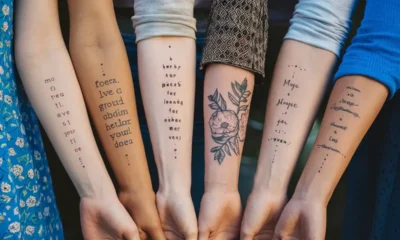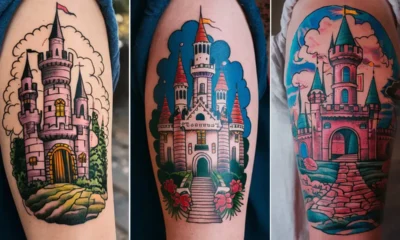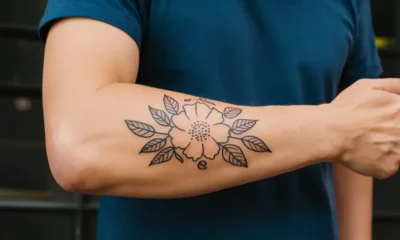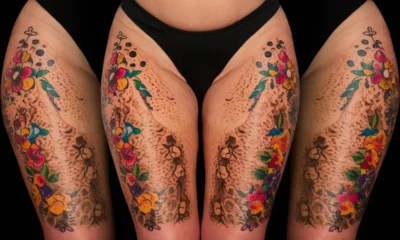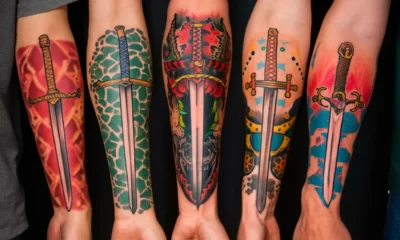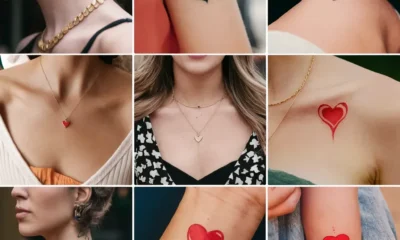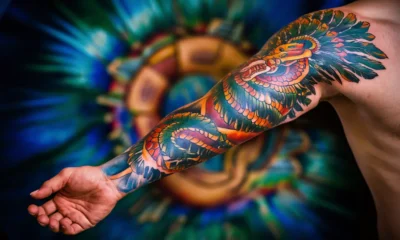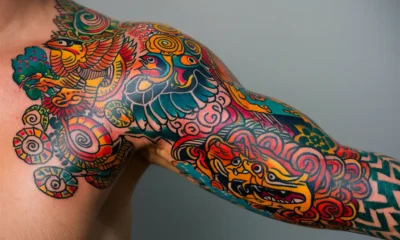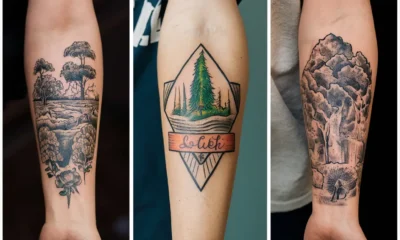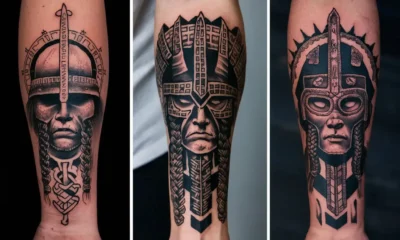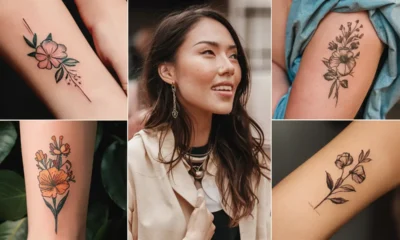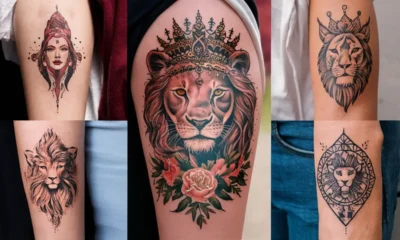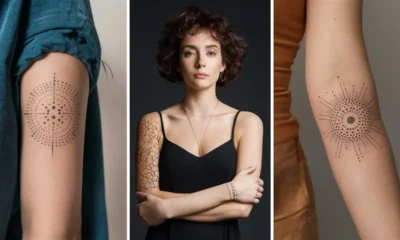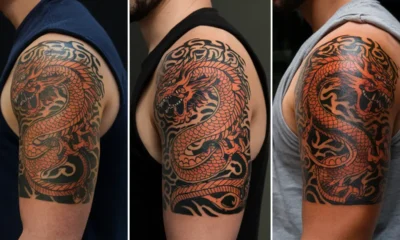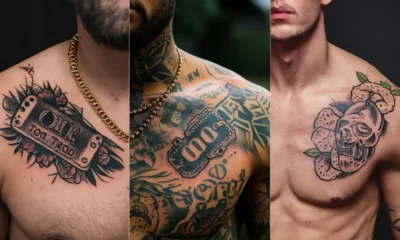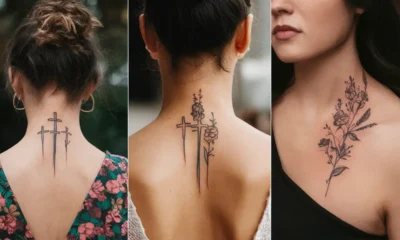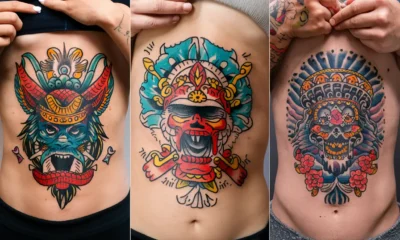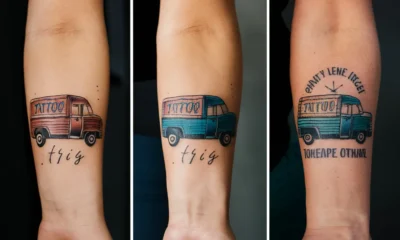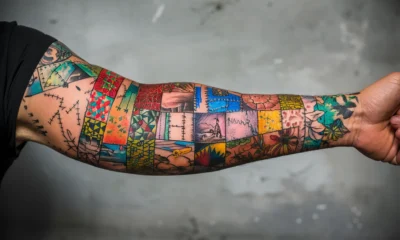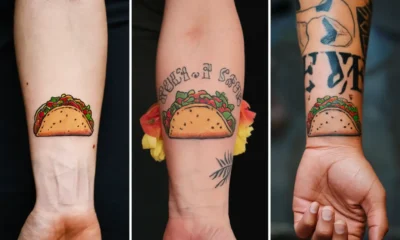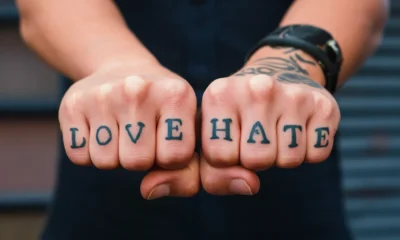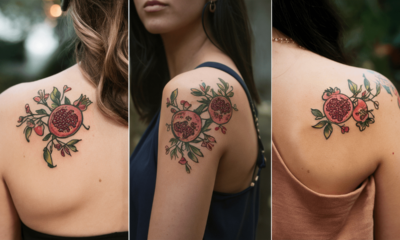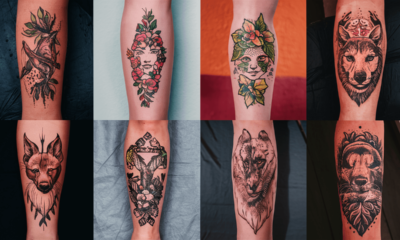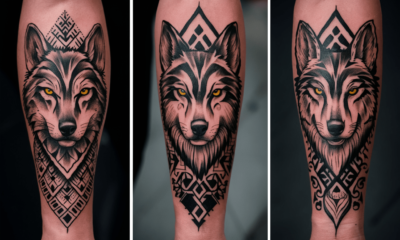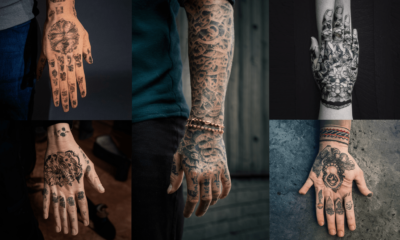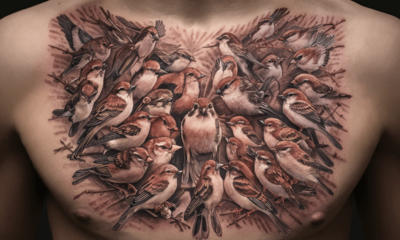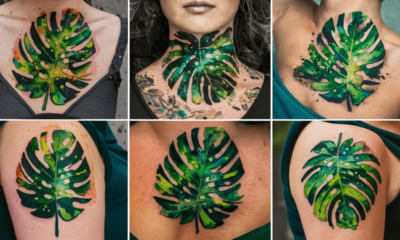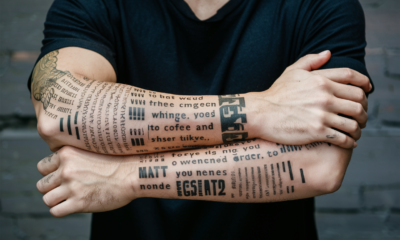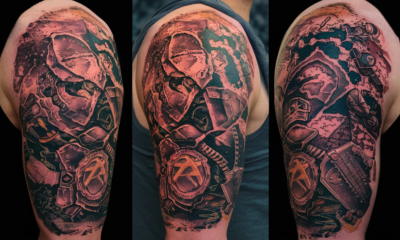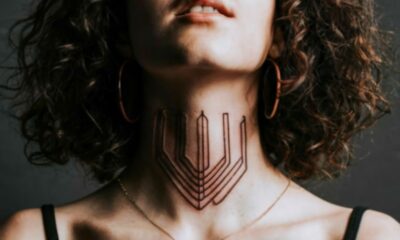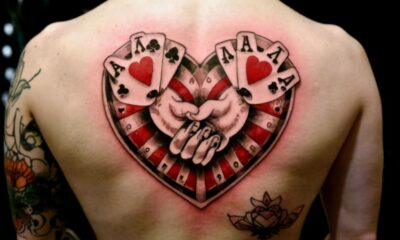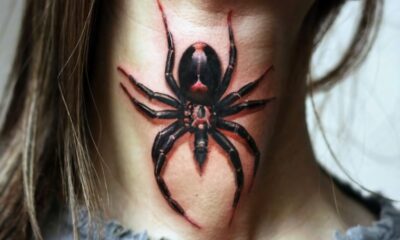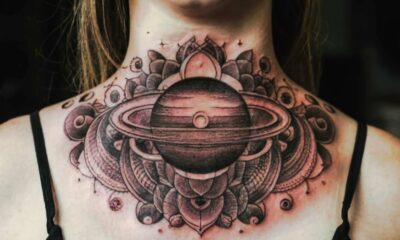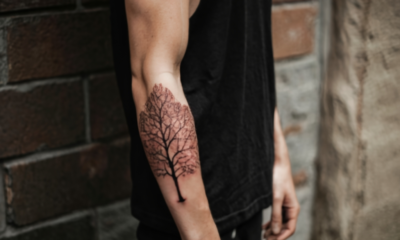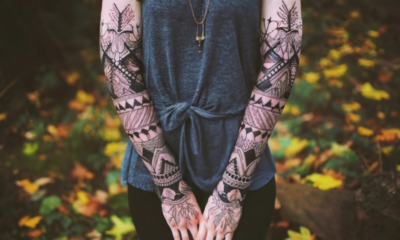Tattoos
Japanese Backpiece Tattoos Beauty and Cultural Significance
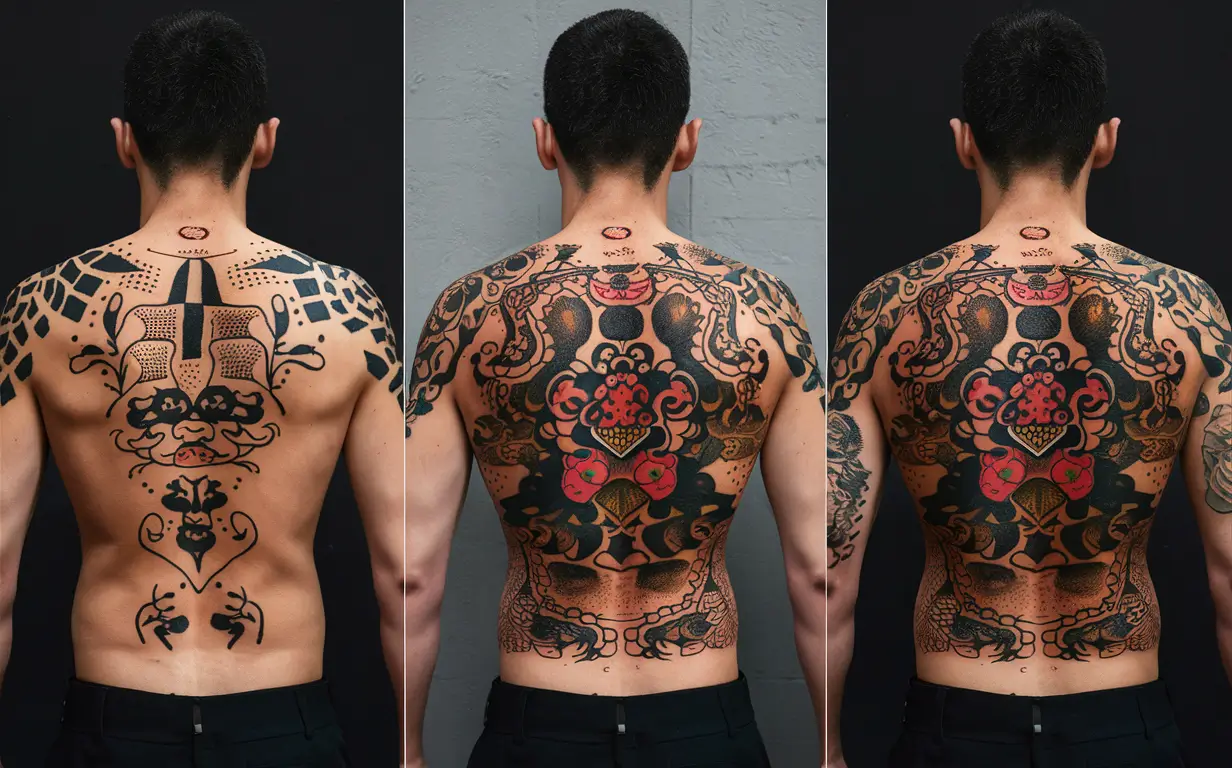
Japanese backpiece tattoos stun with their intricate designs and cultural meanings. They often cover the entire back, telling stories of honor, courage, and life’s fleeting beauty. These tattoos aren’t just body art, they connect to Japan’s rich cultural history.
The History and Cultural Significance of Japanese Backpiece Tattoos
Japanese tattoos, or Irezumi, have existed for centuries. People first used them as spiritual symbols, status markers, or even as punishment. By the Edo period (1603-1868), tattooing gained popularity as decorative art. Artists drew inspiration from woodblock prints (ukiyo-e), creating designs like koi fish and dragons. Over time, these designs associated with the Yakuza, adding a rebellious and powerful image to tattoos. Today, people view Japanese backpiece tattoos as a high form of art. Many respect them for their craftsmanship and cultural significance.
Japanese Back Tattoos for Females Grace and Strength
Many women choose Japanese backpiece tattoos, blending grace with power. Common elements include cherry blossoms, which symbolize life’s fleeting nature. Cherry blossoms bloom beautifully but fall quickly, reminding us to cherish each moment. Koi fish remain another popular choice, symbolizing perseverance and ambition. Some women pick a phoenix, representing rebirth and transformation. Others opt for the Geisha, embodying beauty and mystery. These tattoos go beyond art, reflecting personal growth and resilience.
Japanese Back Tattoos for Males Power and Honor
Men often choose designs symbolizing strength, honor, and a warrior spirit. The dragon stands as a favorite, representing power, wisdom, and protection. People see dragons as protectors and guides, not just mythical creatures. These creatures twist across the back in vibrant colors, creating a dynamic display. Samurai tattoos also attract men, embodying the Bushido code, emphasizing honor, courage, and loyalty. Many men prefer black and grey ink for a timeless, bold look.
Samurai The Bushido Code
Samurai tattoos carry deep meaning, going beyond the image of a warrior to encompass a philosophy. The design represents Bushido, the samurai code of honor and discipline. Artists often show samurai in full armor, holding katanas. They set them against dramatic scenes like swirling clouds or crashing waves, symbolizing the challenges warriors face. Choosing a samurai tattoo means making a vow to live with honor and strength.
Black and Grey Subtlety and Depth
Black and grey tattoos focus on subtlety and detail, using shading and contrast to create depth. Every line and shadow adds to the story, emphasizing texture. This method suits mythical creatures like dragons and phoenixes, as well as abstract elements like waves. Black and grey highlight the intricacies, making the design stand out without needing color.
Back Tattoos with Japanese Letters
Adding kanji characters gives the tattoo another layer of meaning. Kanji represent more than just letters, they symbolize concepts like strength, courage, love, or peace. Placing kanji within a tattoo adds a personal touch, like a secret message. Choosing the right character and placement remains crucial. A mistake could change the entire meaning.
Japanese Back Tattoo Meaning: Stories and Symbols
Every element in a Japanese back tattoo carries a distinct meaning. Dragons symbolize power, wisdom, and protection. Koi fish represent perseverance and the ability to overcome obstacles. Cherry blossoms remind us of life’s fleeting beauty. Samurai embody honor and courage, following the Bushido code. Phoenixes stand for rebirth and rising from the ashes. Each tattoo blends personal and cultural significance, telling a unique story.
Different Designs and Styles of Japanese Backpiece Tattoos
Japanese backpiece tattoos offer various designs and styles, each with unique symbolism. They use the full back as a canvas, allowing for detailed and complex art. These designs often blend multiple elements to create a cohesive and meaningful piece.
Traditional Irezumi Style
Traditional Irezumi uses bold lines and vibrant colors. Heavy black outlines define the designs, which artists fill with shades of red, green, blue, and yellow. Common motifs include koi fish, dragons, tigers, and samurai. Artists often add backgrounds like water, clouds, or waves, creating a dramatic look. They usually make the tattoos symmetrical, covering large areas, making the back ideal for this style.
Mythical Creatures
Mythical creatures feature prominently in Japanese tattoos. Dragons are a favorite, symbolizing power, wisdom, and protection. Artists draw dragons in dynamic poses, twisting across the back with lifelike expressions. Detailed scales and claws create a sense of movement. Phoenixes also appear frequently, representing rebirth and transformation. Artists often show them rising from flames, with feathers in vibrant reds, oranges, and yellows. Sometimes, the phoenix stands alone, while other times, artists mix them with elements like cherry blossoms for added meaning.
Nature and Floral Elements
Nature-themed designs in Japanese tattoos represent a connection to the natural world. Cherry blossoms symbolize life’s fleeting beauty and often appear with koi fish or geishas, creating a balanced design. Lotus flowers stand for purity and spiritual awakening. Artists usually show them in full bloom, with delicate pink and white petals. Occasionally, they pair lotus flowers with water elements, illustrating growth from muddy waters to the surface.
Tattoo Artists and Techniques
Creating a Japanese backpiece tattoo requires skill and knowledge. Irezumi artists specialize in traditional Japanese tattooing. They often use tebori, a hand-poking method with a rod and needle. This technique allows for incredible detail and smooth lines. Some modern artists use machines to replicate this style, making the process faster and less painful. When choosing an artist, find someone with expertise in Japanese designs. Renowned artists like Horiyoshi III have set high standards, bringing international recognition to this art form.
Placement and Aftercare: Keeping the Art Pristine
The back provides an ideal canvas for these tattoos due to its size. This large area allows artists to include intricate details and complex scenes. Plus, the back makes it easy to cover or show off the tattoo. Proper aftercare remains crucial to maintain the tattoo’s quality. Always keep the tattoo clean to prevent infection. Moisturize the area to keep the skin hydrated and aid healing. Avoid direct sun exposure to prevent fading. Refrain from swimming until the tattoo heals completely. These steps help preserve the tattoo’s vibrancy and detail for years.
Conclusion
Japanese backpiece tattoos blend culture, storytelling, and personal expression. Whether you’re drawn to the elegance of cherry blossoms or the warrior spirit of the samurai, these tattoos offer a meaningful way to connect with Japanese tradition. They represent a lifelong commitment and a testament to the stories we carry with us.
-
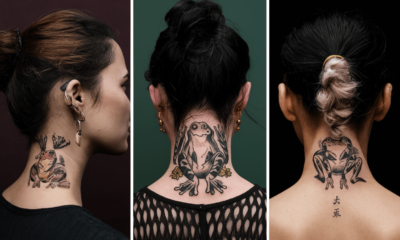
 Tattoos7 months ago
Tattoos7 months agoJapanese Frog Tattoos A Blend of Symbolism and Style
-
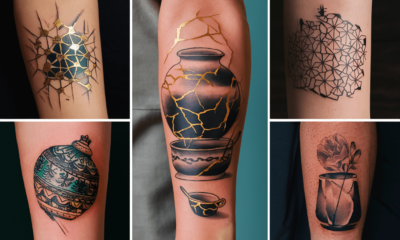
 Tattoos7 months ago
Tattoos7 months agoKintsugi Tattoo Embracing Beauty in Imperfection
-
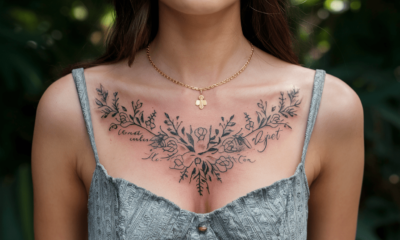
 Tattoos7 months ago
Tattoos7 months agoUnveiling the Artistry Female Chest Tattoos
-

 Tattoos7 months ago
Tattoos7 months agoDivine Guardians Exploring Guardian Angel Tattoos
-

 Tattoos8 months ago
Tattoos8 months agoExploring the Meaning of Stairway to Heaven Tattoos
-

 Tattoos10 months ago
Tattoos10 months agoHarley Davidson Tattoo 14+ Riding the Ink Highway Ideas
-

 Tattoos8 months ago
Tattoos8 months agoCrybaby Tattoos A Journey Through Emotion and Art
-
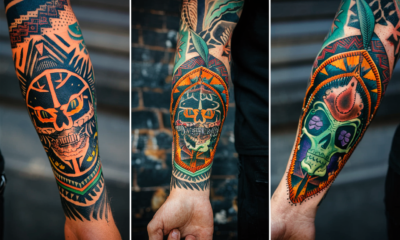
 Tattoos10 months ago
Tattoos10 months agoBlast Over Tattoos Transforming Skin Stories into Living Art

